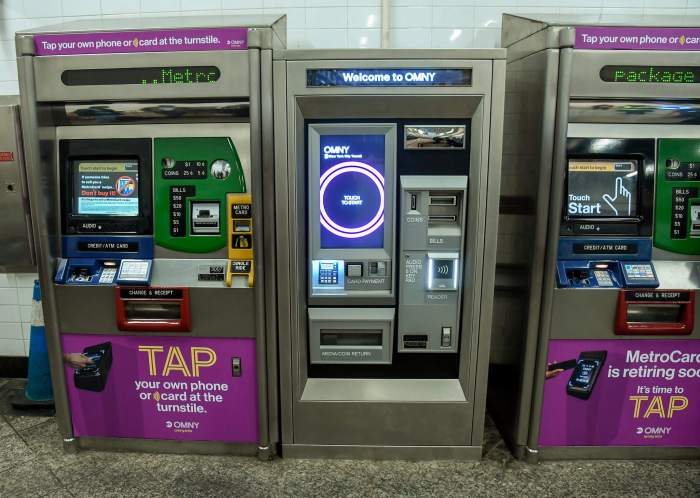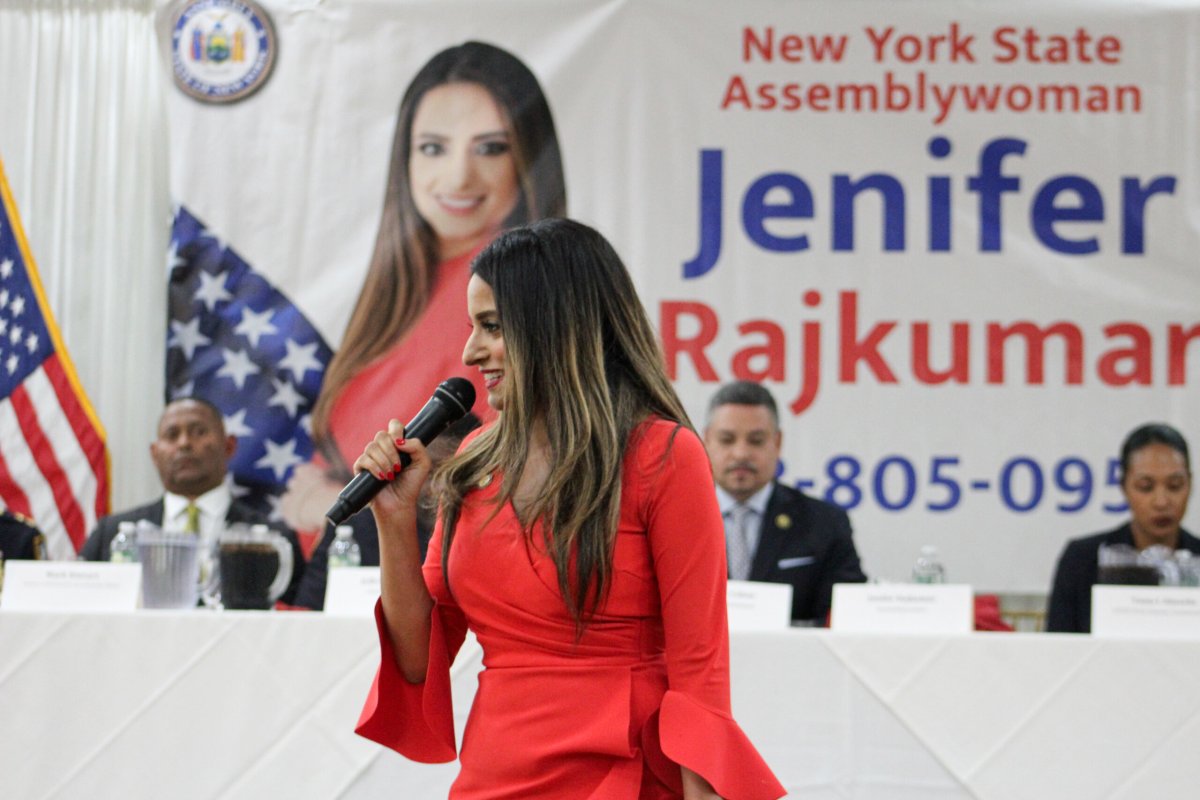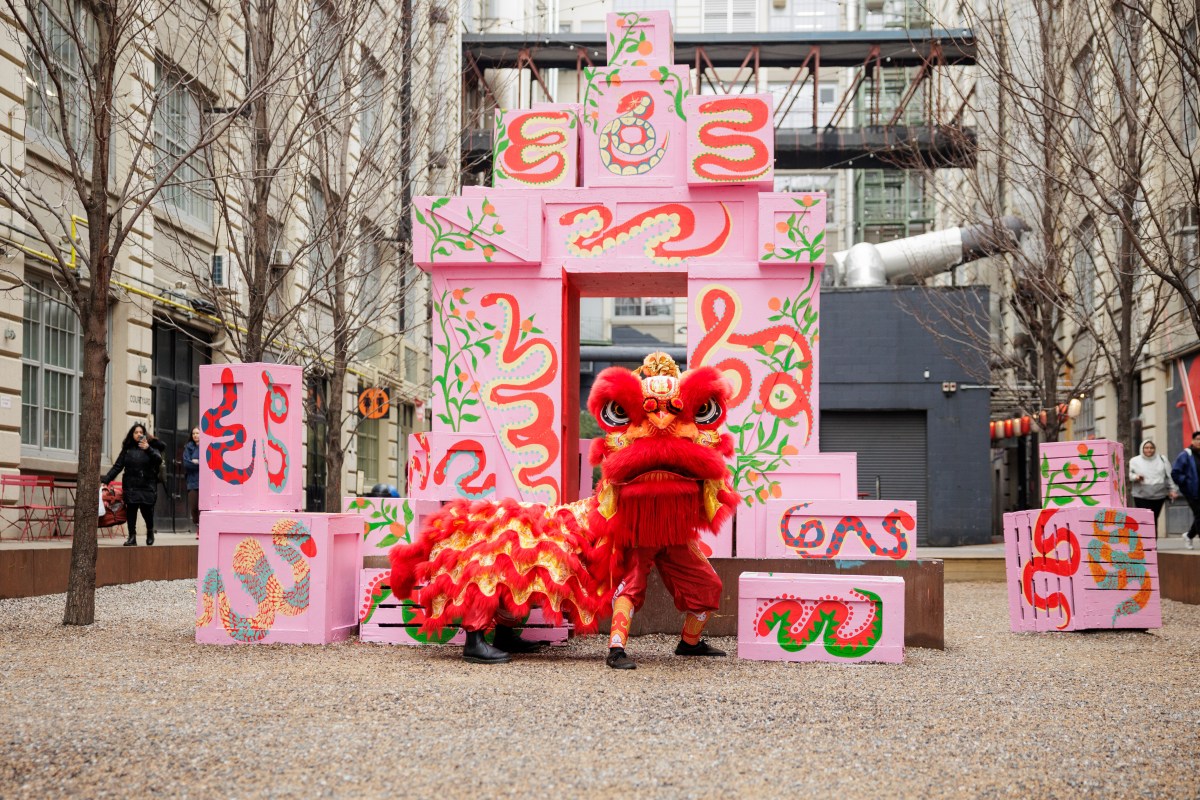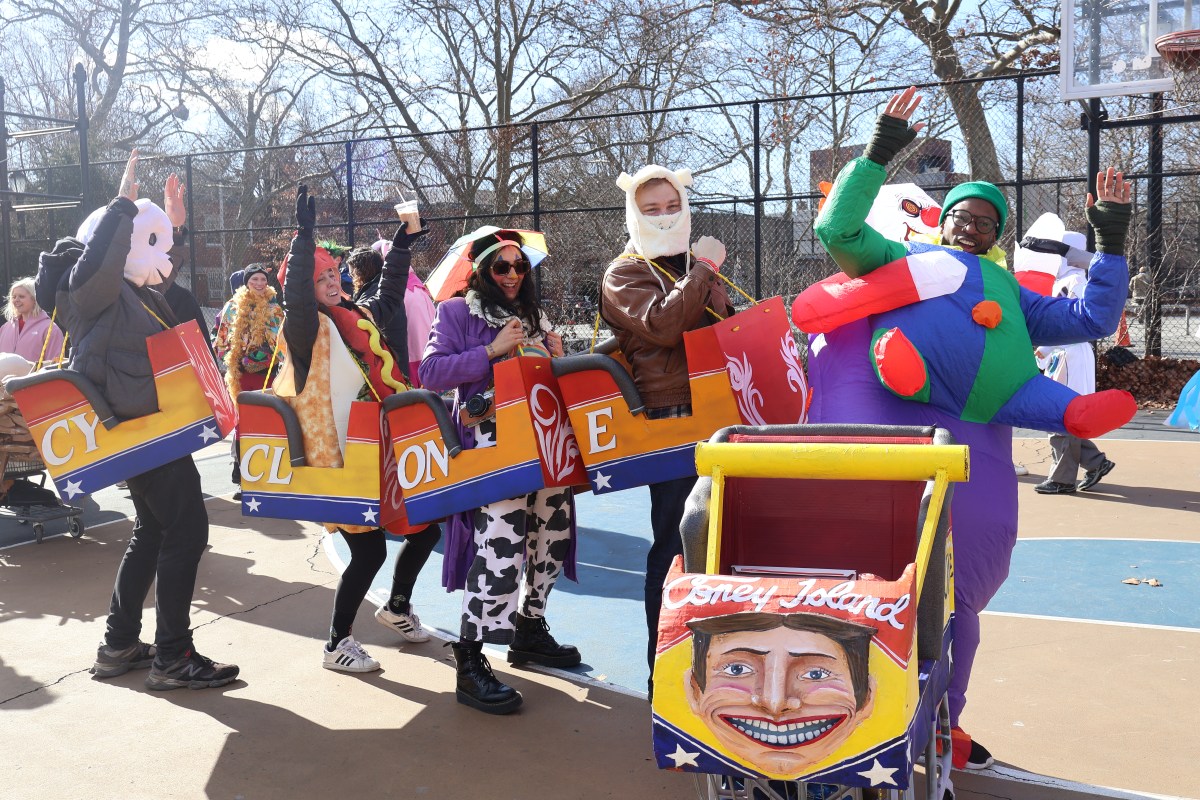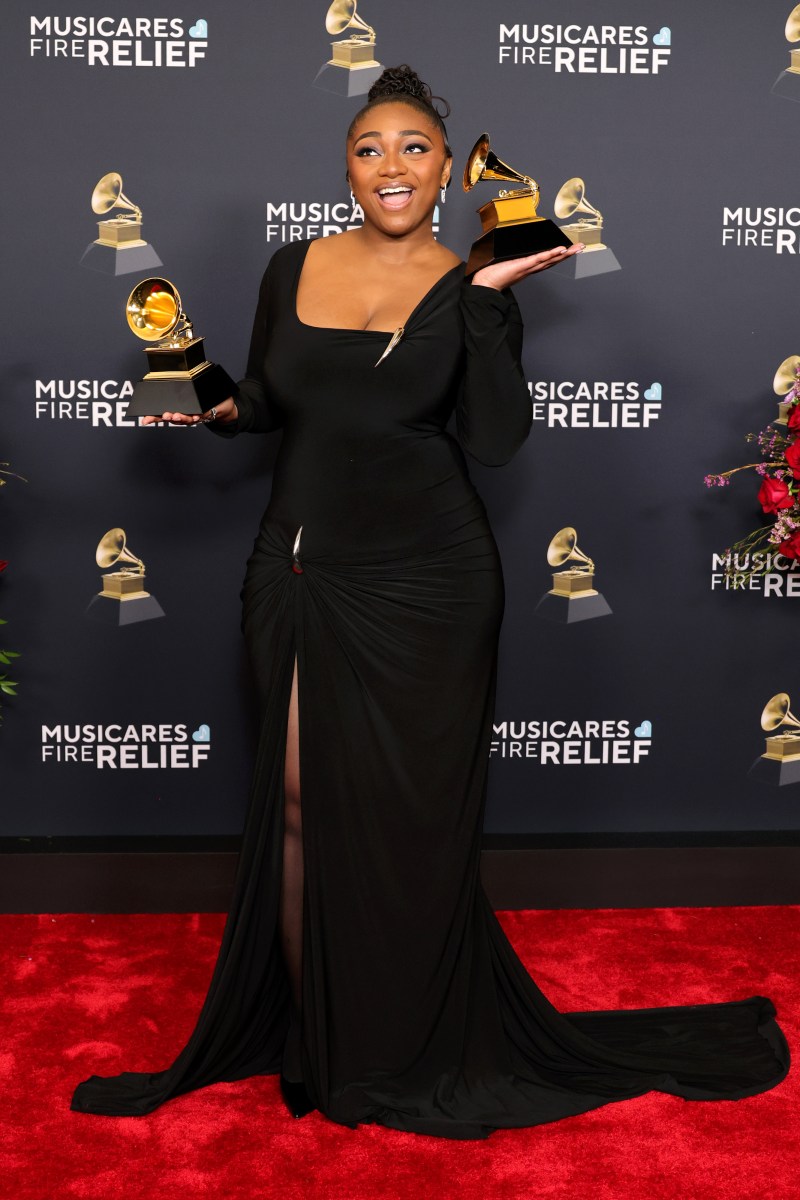
In 1988, police officer Edward Byrne was killed in his squad car in Queens. At the height of the drug war and crack era, his death ignited a law-and-order push from politicians and cops alike. Byrne’s badge was carried by George H.W. Bush during his 1988 presidential campaign. PBA president Pat Lynch has described that shooting as “the catalyst that helped us take back this city.”
Just days after the Oct. 20 killing of NYPD Det. Randolph Holder in East Harlem, Mayor Bill de Blasio’s tone on criminal justice began to change, signaling a similar law-and-order pivot in 2015. He had tried boosting his law enforcement credibility by bringing back Bill Bratton, a familiar tough-on-crime face from the ’90s, supporting the controversial broken windows policing and then adding 1,297 cops to the NYPD. But his remarks on too-lenient bail alarmed advocates who want the city to move toward criminal justice reform.
Undoubtedly, Holder’s death will be politicized by those who insist the city should get tough on violent criminals, a subset de Blasio estimates in the thousands. Previously, Bratton had suggested that serious violence was the product of a relatively few, “crew”-based offenders. But even as de Blasio has pointed to police reforms, the NYPD has quietly continued a social media-based tactic that is part of Operation Crew Cut — started in 2012 under then-Commissioner Ray Kelly.
Crew Cut was at the heart of a huge gang raid in West Harlem last summer that snagged some young men in complicated indictments. The Manhattan district attorney’s office built cases on things some young men boasted on social media they might do — but had not actually done. Bratton, who celebrated the military-style raid alongside District Attorney Cyrus Vance, has alluded to an era of “predictive policing,” where the police predict future crimes.
The city’s clearly not soft on crime. Quite the opposite, in fact. Hindsight might see Holder’s reported shooter as a danger, and the mayor now wants judges to consider a person’s “dangerousness” when setting bail.
If he begins on a track to further criminalize New Yorkers — particularly young men of color — then he is taking us back to the law-and-order politics of the ’80s and away from his stated goal of bringing the city together.
Josmar Trujillo is a trainer, writer and activist with the Coalition to End Broken Windows.






